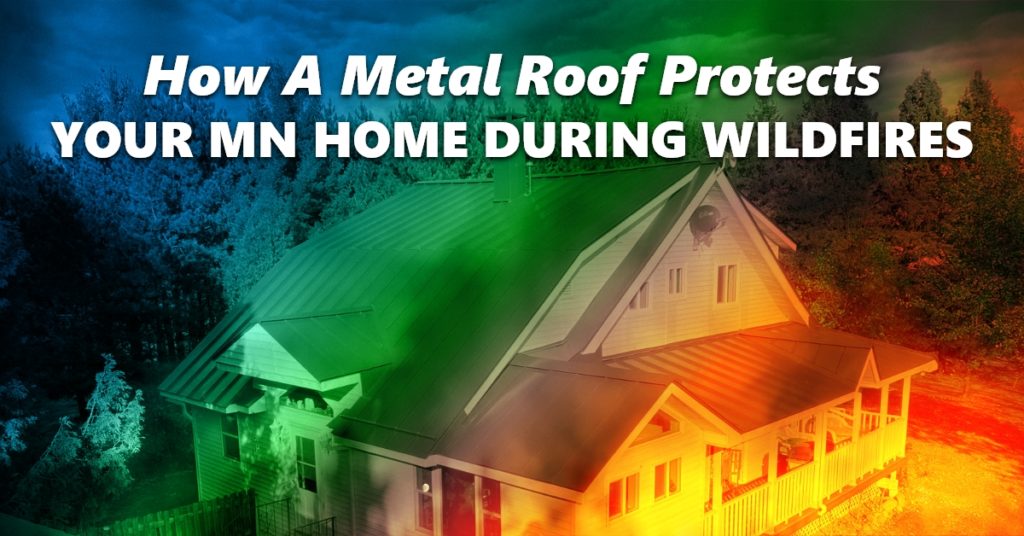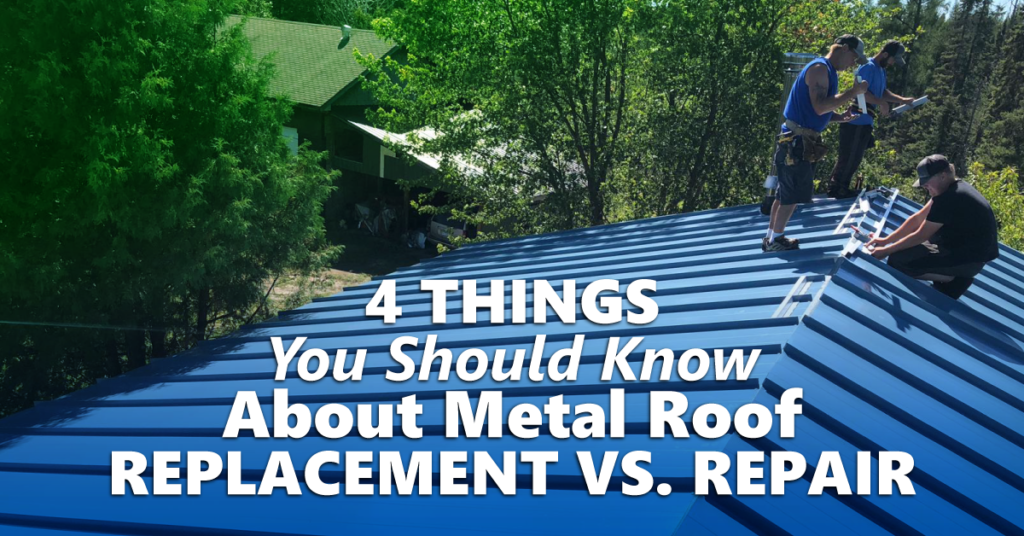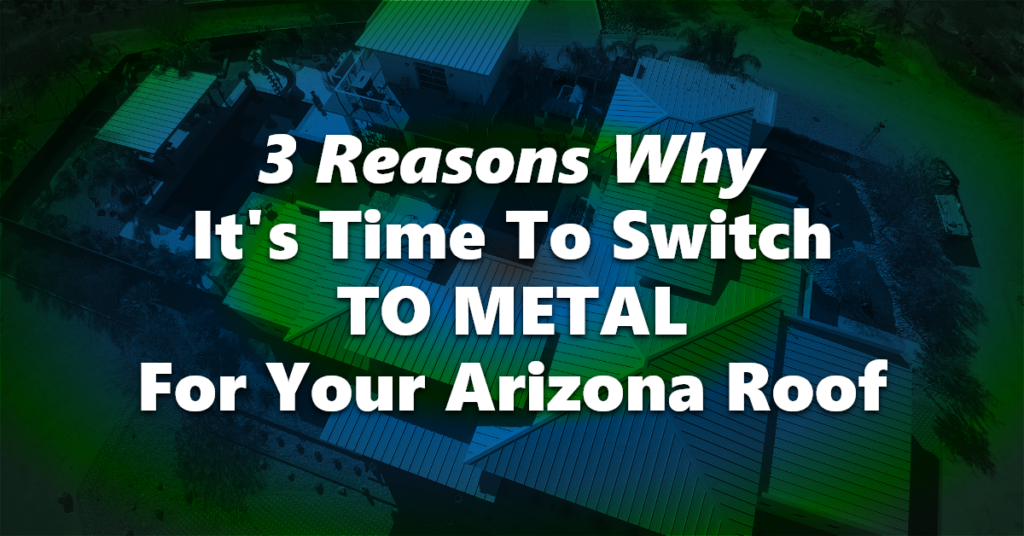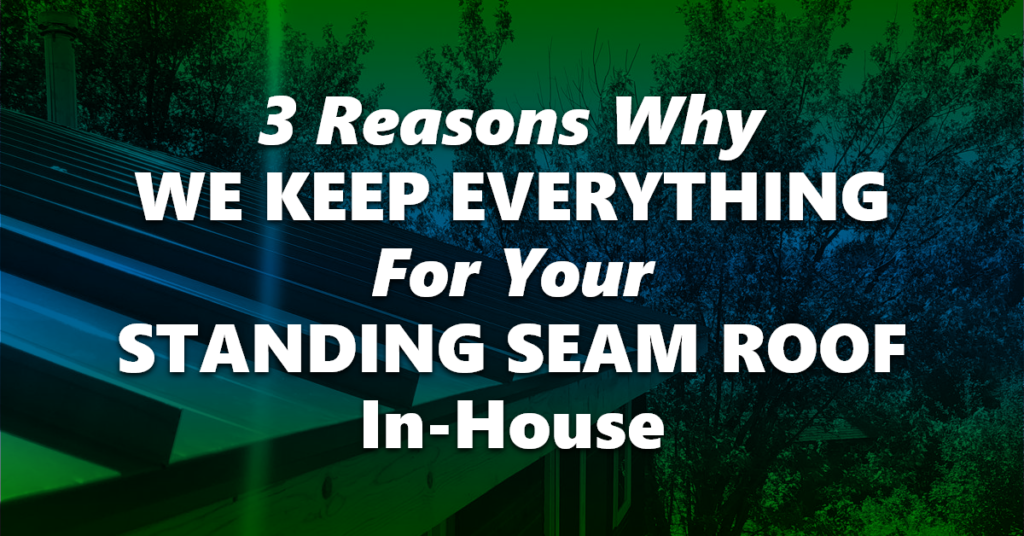Steel melts at 2,750 ℉, according to the Thomas Jefferson National Accelerator Facility. Wildfire is terrifying, but its temperatures climb nowhere near steel’s melting point. Wildfire temperatures range from 212 ℉ to 1,472 ℉. Most Minnesotans would feel safest under a metal roof. Steel’s high melting point is only one of many benefits of a metal roof in wildfires.
Worst Nightmare
A wildfire near your northern Minnesota home may be your worst nightmare. Why would you opt for a flimsy veneer if you could provide tough armor to protect your home? Metal roofing offers all these benefits:
- High melting temperature
- Resistance to blunt force impact from falling branches
- Fire-resistant surface to shrug off burning embers
- Wind resistance against fire-driven high winds
- Tight seams ensure protection against “fire whirl” and windborne, flaming debris
Shingles Fail
Brand new fiberglass-asphalt shingles and metal roof panels receive Class A – the top fire rating. That means they are slow to ignite, will not rapidly spread an existing fire, and will not quickly ignite materials beneath them.
But shingles dry out. Year after year, a shingle’s ability to resist fire decreases. Eventually, with much of the shingle’s vital oils gone, what is left behind is, essentially, fuel for a fire: asphalt.
Not so with a metal roof. It is as fireproof on its 10,000th day in service as it was the day it was expertly installed by skilled metal roofing specialists.
You may not be able to prevent a wildfire in your area of northern Minnesota, but a metal roof is an excellent way to defend yourself against it.
Prepare
Besides enlisting a local roofer for installation of a tough, durable, fire-resistant metal roof, you can also take these and other steps to minimize your risk, courtesy of the Minnesota Department of Natural Resources:
- Separate your property into three zones — General Management, Extensive, and Intensive Zones, then focus your attention on the Intensive Zone
- Plant nothing within five feet of your home — decorative rock creates an attractive, easily maintained, nonflammable ground cover
- Do not store firewood or other combustible materials in the Intensive Zone
- Extend gravel coverage under decks to prevent fire spread
Talk with your roofer about other ways you can safeguard your home and family in the face of wildfire threats. If you own a home in northern Minnesota, contact us today at Vertex Roofing. We will be happy to share the fantastic qualities and benefits of metal roofing with you.






